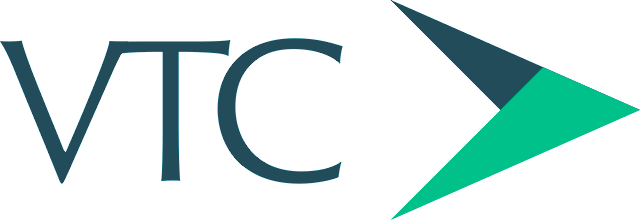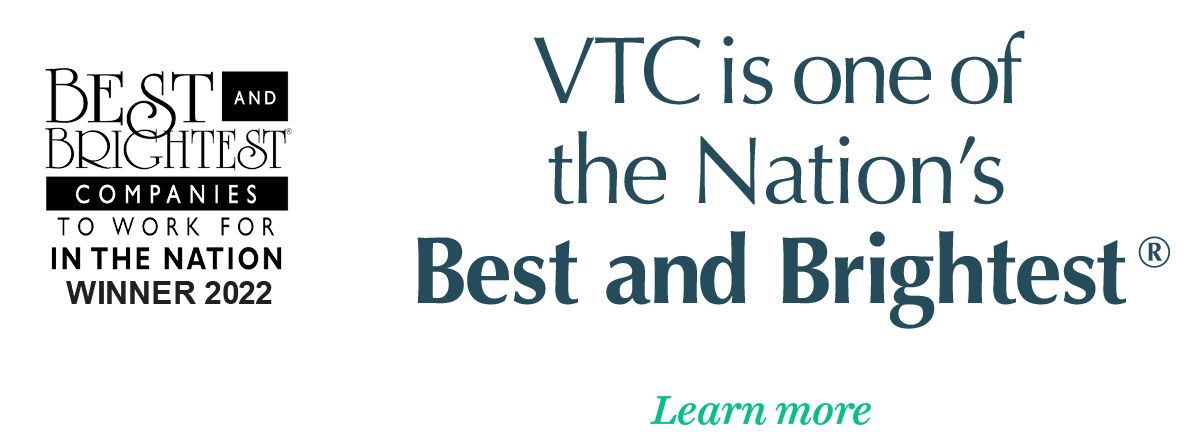
HR Insights
Five HR Trends to Monitor in 2021
Each year, human resources departments are given more responsibilities. Unfortunately, the increased workload often comes without an increased budget. This means that in order to compete in the marketplace, HR teams must find ways to innovate and stay on top of trends. This is especially true amid the COVID-19 pandemic, which continues to impact businesses across the country.
To help provide employers and their HR departments with a competitive edge, here are five trends to watch for in 2021.
1. Employee Well-being
The COVID-19 pandemic drastically changed the perception of what qualifies as a “safe and healthy” work environment. A couple years ago, any business with a wellness program may have fit that definition. Now, “safe and healthy” means something much different.
In 2021, expect an increased focus on more rounded employee well-being. Baseline efforts include safeguards against COVID-19, but many organizations are transitioning to a more holistic well-being approach. These initiatives examine the larger picture and aim to help employees better themselves, even outside the workplace. Efforts include mental health programs, dependent care assistance and flexible scheduling. Focusing on these areas can lead to healthier, happier and more productive employees.
2. Greater Inclusivity
While much of last year was defined by the COVID-19 pandemic, a significant portion was also devoted to stemming racial inequity. Months-long protests forced a national conversation about diversity in the workplace and beyond. This prompted many businesses to make statements about committing to more diverse representation in their ranks.
While public statements and private company actions don’t always align, some workplaces are keeping good on their word. Notable efforts include consciously trying to diversify leadership, scrutinizing hiring processes to identify barriers to diversity and developing training to foster greater cultural and racial inclusivity.
3. Expanded Remote Work
Many businesses were forced to migrate to remote work during the pandemic. Now, even with a vaccine in sight, a large number of those employers will continue offering remote work opportunities. In fact, some tech giants like Twitter and Google have indicated workers may not be required to return to the office at all.
This suggests remote work arrangements will remain for the foreseeable future. As such, employers should consider expanding their own remote opportunities, as applicable. This won’t be feasible in all situations, but it might be for some positions. Doing so will not only provide a safeguard against COVID-19, but it can also serve as a tantalizing recruitment perk. Moreover, remote positions give employers greater hiring flexibility, allowing them to expand talent pools to any area with an internet connection.
4. Increased Employee Monitoring
A natural counterpart to remote work is remote employee-monitoring. When a number of employees operate outside the workplace, employers need new ways to keep track of productivity. That’s where monitoring software comes in.
Employee monitoring software is what it sounds like—software that tracks computer usage. Depending on the software, it might record an employee’s website traffic, app activity and time spent idle. Some solutions even give employers access to employees’ webcams.
While some of these monitoring capabilities may seem extreme, the demand for such tools has only increased amid the COVID-19 pandemic. That means employers with remote workers should consider whether monitoring software is right for them. Particularly, employers should weigh the need to manage workers against the consequences of infringing on their privacy. In other words, a heavy hand in this area might actually breed resentment rather than encouraging productivity.
5. Reimagined Onboarding
Onboarding is yet another workplace facet that was disrupted by the pandemic. This critical process of hiring, training and welcoming new employees into an organization is one of the most important functions of HR. What was once a series of carefully outlined in-person meetings has now been upended.
Employers had to reimagine the onboarding process in 2020 and will continue adapting it in the new year. For many, this means transitioning to an entirely virtual onboarding procedure, while carefully maintaining its quality. Virtual onboarding may include remote meetings via webcams, online quizzes, video tutorials and other creative methods of educating new employees remotely. Even among employers that have reopened, developing these processes will better position HR teams in the event of another wave of shutdowns.
Be Responsive to the Challenges Ahead
COVID-19 affected nearly every workplace function last year, and that influence will linger into 2021 and beyond. While entire functions are being reviewed and reimagined, employers will need to adapt smartly to compete in this new environment.
To offer HR departments the latest support tools, VTC Insurance Group partners with ThinkHR, the leading provider of expert cloud based and live HR solutions. For more advice and guidance in relation to workplace trends, talk with an employee benefits specialist at VTC Insurance Group. Simply give us a call or visit vtcins.com.
This article is for informational purposes only and is not intended as legal advice.


